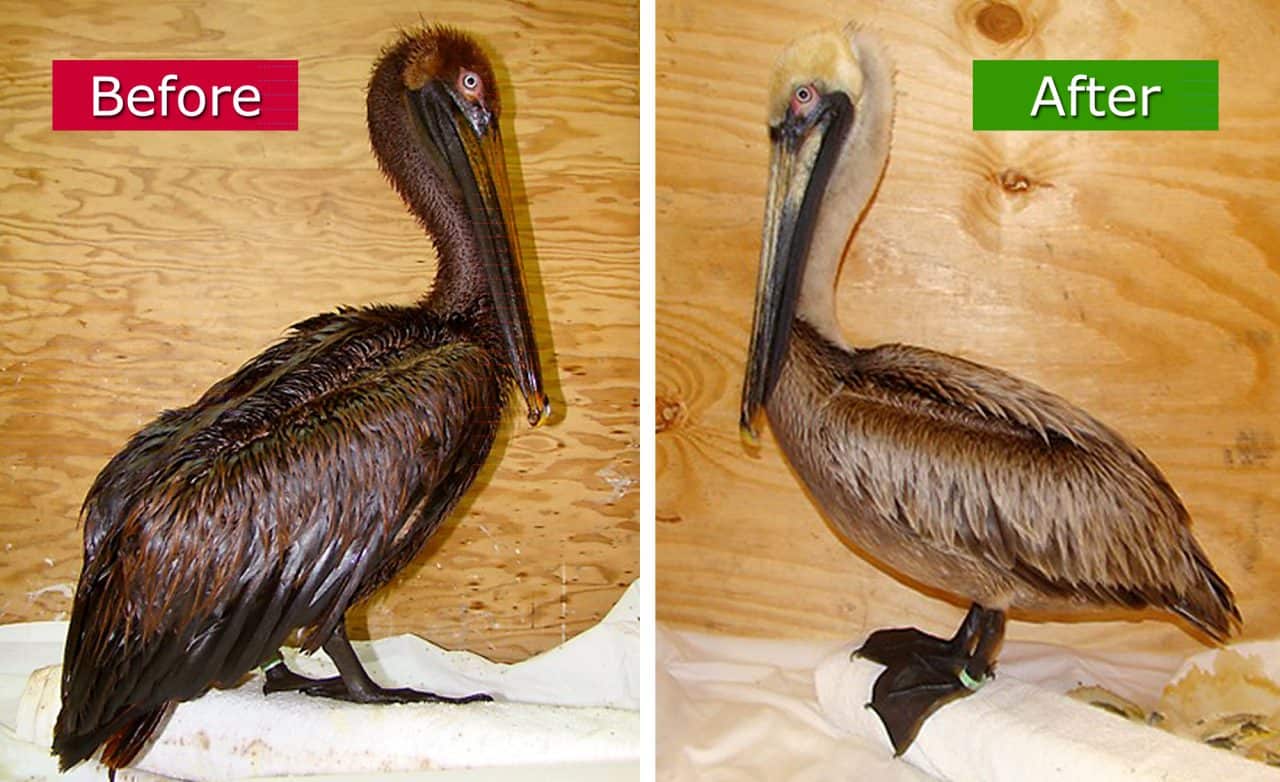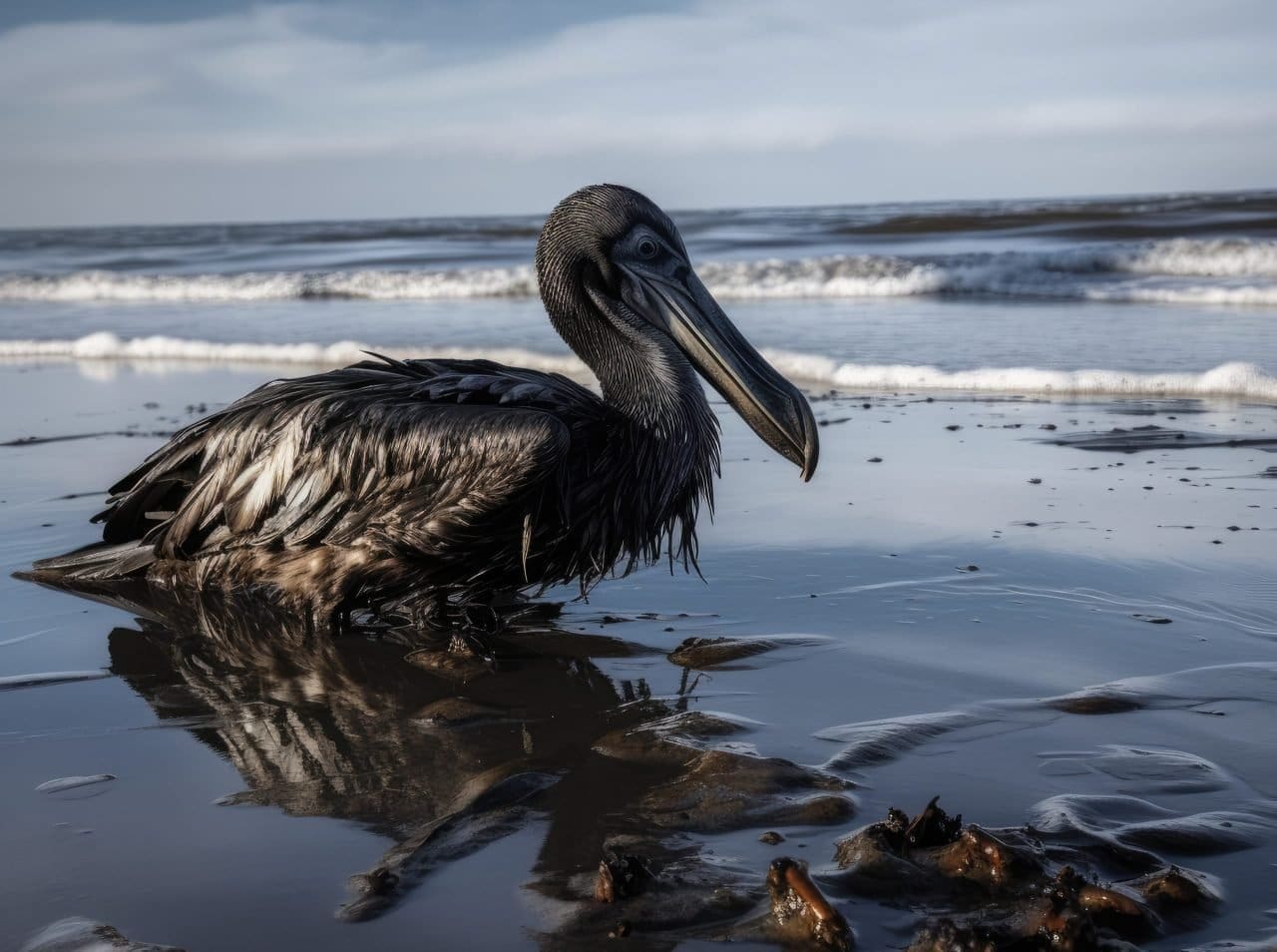Rescuing Wildlife from Oil Disasters: Effective Treatment Methods
Introduction: The Critical Need for Wildlife Oil Spill Rescue
Oil spills are not just environmental disasters; they are also wildlife crises. The urgency to rescue and treat animals affected by oil spills is paramount for preserving biodiversity and maintaining ecological balance. This article delves into the various effective methods and strategies in wildlife oil spill rescue, highlighting the collaborative efforts between wildlife organizations and environmentalists.
Understanding the Impact on Wildlife
The Immediate Threat to Affected Species
When an oil spill occurs, wildlife in and around the affected area face immediate and severe risks. Oil can coat the fur and feathers of animals, leading to hypothermia, poisoning, and loss of buoyancy. It’s crucial to understand these dangers to implement effective treatment methods promptly.
Methods of Wildlife Rescue and Treatment
Rapid Response and Care
Successful wildlife oil spill rescue operations hinge on rapid response. Key treatment methods include:
- Physical Cleaning: Gently cleaning animals with specific solutions to remove oil without causing additional stress or harm.
- Medical Care: Providing veterinary care for oil ingestion, skin irritation, and other health issues caused by the spill.
- Rehabilitation: Offering long-term care to recover and prepare animals for release back into the wild.
Collaborative Efforts in Rescue Operations
Uniting Expertise for Greater Impact
Wildlife oil spill rescue efforts are a collaborative endeavor. Environmental organizations, wildlife experts, and volunteers often come together to form a unified front. This collaboration is crucial for pooling resources, expertise, and manpower to handle large-scale rescue operations effectively.

Case Studies: Successful Wildlife Rescues
Learning from Past Incidents
Highlighting successful wildlife oil spill rescues, this section will focus on case studies where collaborative efforts have led to the successful treatment and release of affected animals. These stories not only provide valuable insights into effective strategies but also serve as inspiring examples of what can be achieved through teamwork and dedication.
The Role of Prevention and Preparedness
Mitigating Future Incidents
While rescue and treatment are crucial, preventing future oil spills is equally important. This section will discuss how preparedness, stricter regulations, and technological advancements in oil transportation can reduce the likelihood of spills, thereby protecting wildlife.
The Essential Practices in Rescuing Wildlife from Oil Spills
Prompt Action: The Key in Rescuing Wildlife
Rescuing wildlife following an oil spill is a race against time. The effectiveness of rescue efforts largely depends on how quickly response teams can mobilize. Rapid response is vital as oil can quickly cause irreparable harm to wildlife, impacting their ability to maintain body temperature, hunt for food, and escape predators. Immediate action in rescuing wildlife ensures that affected animals have the best chance of survival and recovery.
Specialized Techniques for Rescuing Wildlife
When rescuing wildlife, specialized techniques tailored to the needs of different species are employed. Birds, for instance, require delicate handling to prevent additional stress and injury. Similarly, marine mammals like seals and otters need a different approach, often involving temporary relocation to specialized rehabilitation centers. These techniques in rescuing wildlife are developed by experts and are continually refined to improve efficiency and effectiveness.
Training and Preparedness in Rescuing Wildlife
Successful rescuing wildlife operations hinge on well-trained personnel. Regular training exercises, workshops, and drills ensure that rescue teams are prepared for the complexities of wildlife rescue. These training programs often include how to safely capture and handle oiled animals, administer first aid, and provide necessary medical treatment. Preparedness in rescuing wildlife is not just about having the right skills, but also about understanding the behavior and needs of different species.
The Role of Volunteers in Rescuing Wildlife
The involvement of volunteers often plays a crucial role in rescuing wildlife. Volunteers can provide much-needed support in various aspects of the rescue operation, from initial capture and cleaning to feeding and caring for the animals during their rehabilitation. Effective coordination and training of volunteers are essential in ensuring that their contributions are valuable and that the welfare of the wildlife is prioritized.
Collaborative Networks in Rescuing Wildlife
Rescuing wildlife from oil spills is a collaborative effort, involving various stakeholders, including environmental organizations, wildlife agencies, and local communities. Establishing a network of cooperation ensures a more coordinated and comprehensive rescue response. These networks facilitate the sharing of resources, expertise, and information, crucial in the complex process of rescuing wildlife.
Public Education and Awareness in Rescuing Wildlife
Educating the public about the importance of rescuing wildlife and the challenges involved in such operations is key. Public awareness campaigns can help garner support for wildlife rescue efforts and can also educate people on how to respond if they encounter oiled wildlife. By understanding the proper steps to take, the public can play a supportive role in rescuing wildlife, ensuring that animals receive the care they need without further harm.
A Collective Responsibility in Rescuing Wildlife
The task of rescuing wildlife in the aftermath of an oil spill is a testament to our collective responsibility towards the environment and its inhabitants. It requires a coordinated approach, combining expertise, resources, and compassion. By continually improving our techniques, training, and collaboration in rescuing wildlife, we can make a significant difference in the lives of countless animals affected by these environmental disasters.
A Legacy of Wildlife Rescue and Rehabilitation
The Historical Impact of AQUAQUICK 2000
AQUAQUICK 2000 has a long-standing history of being an instrumental aid in wildlife rescue operations, dating back to the Torrey Canyon disaster, one of the earliest and most significant oil spills. This catastrophic event underscored the necessity for effective and safe cleaning agents in treating wildlife affected by oil. AQUAQUICK 2000 emerged as a crucial tool in these efforts, offering a solution that was both effective in oil removal and safe for the animals.
Rescuing Birds: A Core Focus
Birds are often the most visible victims of oil spills, and their rescue and rehabilitation have been central to AQUAQUICK 2000’s application. In the Netherlands, several animal rescue shelters have frequently turned to AQUAQUICK 2000 when treating birds soaked in oil. Its gentle yet effective formulation is particularly suited for cleaning birds’ feathers, crucial for their survival, as oil can strip feathers of their waterproofing and insulating properties. AQUAQUICK 2000’s ability to remove oil without causing additional stress or harm to these delicate creatures has made it a preferred choice in avian rehabilitation.
AQUAQUICK 2000 in Asia: Expanding Reach
The use of AQUAQUICK 2000 has extended far beyond the Netherlands, with various wildlife rescue operations in Asia also utilizing this product. In regions where oil spills have threatened diverse ecosystems, AQUAQUICK 2000 has been pivotal in the rescue efforts of numerous species. Its versatility and safety profile make it suitable for a wide range of animals, not just birds, ensuring that all affected wildlife receive the best possible care in the aftermath of a spill.
Safe and Effective Across Species
One of the key advantages of AQUAQUICK 2000 is its formulation, which is tough on oil but gentle on wildlife. This balance is crucial in the treatment of various species, from marine mammals to reptiles. The product’s effectiveness in removing oil, coupled with its safety for use on different types of animals, underscores its versatility and reliability as a wildlife cleaning agent.
Ongoing Commitment to Wildlife Safety
AQUAQUICK 2000’s contribution to wildlife rescue continues to evolve, reflecting an ongoing commitment to improving and adapting its formula for even greater efficacy and safety. The continued use of AQUAQUICK 2000 in wildlife rehabilitation centers and rescue operations around the world stands as a testament to its enduring value in environmental conservation efforts.
A Beacon of Hope in Wildlife Conservation
AQUAQUICK 2000’s role in rescuing and rehabilitating wildlife affected by oil spills remains a significant aspect of its legacy. From its early use in the Torrey Canyon disaster to its ongoing application in bird rescue operations in the Netherlands and across Asia, AQUAQUICK 2000 has proven to be an invaluable asset in the fight to protect and preserve wildlife impacted by environmental crises. As we continue to confront the challenges of oil pollution, AQUAQUICK 2000 will undoubtedly remain a beacon of hope in wildlife conservation efforts worldwide.














